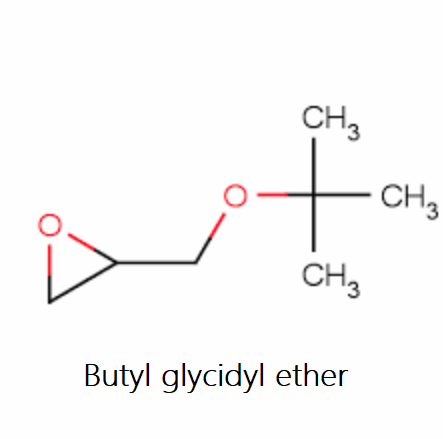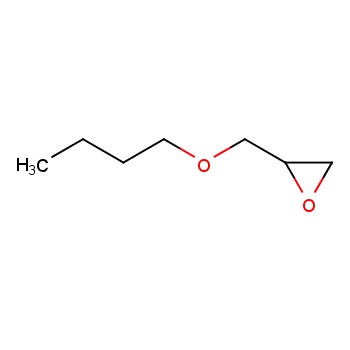Introduction
Butyl glycidyl ether (BGE) is a unique epoxy resin reactive diluent belonging to aliphatic line style compounds. It contains both ether bonds and epoxy groups in its molecule, offering benefits such as low viscosity and good dilution effects. BGE participates in curing reactions during the curing process, forming a homogeneous system. It is commonly used as an epoxy resin reactive diluent and can be widely utilized in various epoxy materials such as solvent-free insulated paint, epoxy sealing encapsulating material, no-solvent type epoxy flooring coating, and epoxy adhesive. Additionally, it can be used as a material modifier for other amine curing agents like aliphatic amides and imidazoles.

Uses
BGE is primarily used as a reactive diluent for epoxy resins, a viscosity-reducing agent, an acid acceptor for stabilizing chlorinated solvents, and a chemical intermediate. It is commonly used in tooling, electrical applications, flooring, highly filled coatings, coatings, inks, adhesives, rubber, and plastics.
Synthesis method
The synthetic method of butyl glycidyl ether involves performing a ring-opening reaction on butanol and epoxy chloropropane to prepare a butyl chlorhydrin ether intermediate. This intermediate is then subjected to a ring-closing reaction with sodium hydroxide to produce butyl glycidyl ether. The catalyst used in the ring-opening reaction is an active carbon-immobilized boron trifluoride catalyst, with an immobilized amount of 5-20%. This method results in high selectivity for the primary reaction, reducing side reactions and producing butyl glycidyl ether with a high epoxide number and low organochlorine content.
Regulatory Status
The regulatory status of BGE includes a time-weighted average threshold limit value (TLV) of 25 ppm (135 mg/m3) set by the American Conference of Governmental Industrial Hygienists (ACGIH). NIOSH recommends a 15-minute exposure limit of 5.6 ppm (30 mg/m3), while OSHA's eight-hour TWA permissible exposure limit (PEL) is 50 ppm (270 mg/m3) for BGE as an air contaminant in various industries. The Environmental Protection Agency (EPA) regulates BGE under the Toxic Substances Control Act (TSCA). In 1992, BGE was added to the Master Testing List (MTL) under TSCA, with testing action development in progress.




